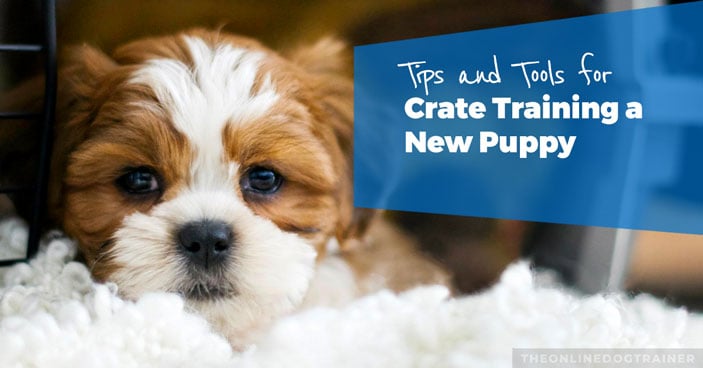
Today, I want to talk about a very useful tool when it comes to training your puppy—a crate. Even more important, I want to discuss how to set yourself up for effectively crate training a new puppy.
To some people, a crate looks a bit like jail cell.
However, most puppies and dogs (once they’re used to it) don’t see it that way at all. In fact, they typically come to see their crate as a “doggy bedroom” or a den.
It becomes a safe place…a place your puppy will learn to love.
CLICK HERE to Download your FREE Crate Training Cheat Sheet
If you think about it, canines have evolved from being outside animals where they would have to make little caves and dens to live in and feel safe. So, really having a crate is a very important part of making your dog feel comfortable, calm, and at home.
And to make a create even more den-like for your pup, you can even put a blanket on top of the crate, which makes it a much warmer, safer place for your puppy.
If you haven’t caught on by now, I’m a big fan of the crate…
I find it so useful that I have a number of videos specifically about crate training your new puppy in my video diary called Project Moses. This series documents how I raised my puppy Moses from 8 weeks old to a full-grown dog
If you’re interested in learning more about Project Moses, along with getting information on fixing bad dog behaviors like barking or aggression, now is the perfect time to check out my Puppy Coach training program!
See what The Puppy Coach training program has to offer now!
In the meantime, I’m going to give you a sneak peek and share the video I made for Project Moses on using crates. After you watch the video, keep reading! I’ve added a bunch more information on the key points mentioned in the video that I think will be very helpful for you! And I’ll explain where you can get hold of the whole of “Project Moses”
How to Create a Positive Association with Your Puppy’s Crate
Now, the most important thing is getting your puppy to love his crate. This is all done through basic association, no rocket science here.
Think of all the things that your puppy loves to do like eating and playing with toys. These are the things you’ll want to have your puppy do inside that crate as much as you can.
For instance, you can feed your puppy every single meal inside that crate, and it won’t take long before he’s running and jumping in there as fast as he can. You can also give him his treats inside the crate.
It’s also a great idea to give your puppy little chew toys that he loves inside the crate. These chew toys will give your puppy an opportunity to spend long periods of time inside his crate on his own will.
And, of course, you should certainly make the puppy’s crate a warm, comfortable place with lots of lovely blankets or whatever it is that your puppy needs. As long as your crate is in a safe place, and is placed in a space that is not too breezy, too cold, or too hot, it won’t be long before the crate becomes your puppy’s favorite spot in the house.
Important: In order to keep the crate a happy place for your pup, it’s vital that you don’t establish a negative association by getting frustrated or annoyed with your puppy in his crate.
How to Keep Your Puppy Calm in a Crate

Once you’ve made a positive association between your puppy and his crate, you can start working on ensuring your puppy stays calm and happy once placed in his little den.
One way to set your puppy up to win is making sure that you put him in the crate after he’s been fully exercised.
If you’re putting your puppy in the crate when he is full of energy, chances are he’s going to be getting restless and possibly start whining to come out. However, if you exercise him and he’s been fed and watered, he’ll be ready for sleep and will remain calm.
When to Let Your Puppy out of the Crate
The next important thing to know is when to let your puppy out of his cage.
The key thing is that you want your puppy to be calm before you let him out. If your puppy starts whining and you let him out, it doesn’t take long before the puppy catches on and goes, “Okay, that’s how I get out of my crate.” Puppies are super smart little critters!
For this reason, you have to be very careful about letting your puppy out when he’s whining.
One of the biggest reasons to use a crate is that you don’t want your puppy to use the bathroom inside the house. And one reason your puppy might whine to be let out is because he has to go to the bathroom.
To avoid this problem, always take your puppy outside to go to the bathroom before you put him in his crate. Problem solved!
Other than needing to go to the bathroom, a puppy will often whine because he simply just wants out of his crate.
Don’t fall for this…even if your puppy has been in his cage for a while. Always wait until he is calm to remove him.
This might mean you need to sit by his crate for 30 seconds or a minute until he stops whining. The minute he stops, let him out. If he continues to carry on, leave him.
One little tip: If you find that your puppy is crying and won’t stop, one technique that you can use is to sit quietly and calmly with your puppy with your back turned to him.
The reason you do this is, if you look at him and speak to him, you’re giving your puppy eye contact and communicating, which will get him excited. This will often make him more whiny or barky.
If you sit there very calmly, you’re giving him the message, “I’m here. I’m calm. You’re safe. You don’t need to worry about anything.” Because your energy is so calm and low, the puppy will tend to mirror your energy and become calm and quiet, too. Then you open the crate door.
As you continue working with your pup, you’ll want to increase the amount of time your puppy must be quiet before the crate door opens. This takes time and patience, but as long as you commit to this method, your puppy will learn the rules for being let out of his crate.
How Crates Help with Puppy Potty Training
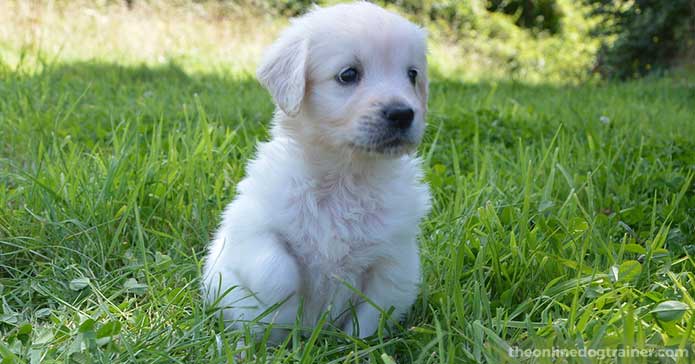
One of the biggest reasons I like using a crate is that a crate can be very helpful in puppy potty training (check out my free course).
It sets boundaries and allows you to control your puppy and keep him in the area that you want him so he’s not all over the place all the time.
Here’s what’s important to know about potty training with a crate…
When your puppy has been confined in his crate, his bowels are kind of stationary. This is good…it reduces your pup’s need to use the bathroom—the exact reason you have him in the crate.
However, once his little legs start pumping and running around, it’s likely that he’s going to need to go potty. For this reason, it’s important to take your puppy outside to go potty every time you remove him from his cage.
Eventually, your puppy will catch on to the idea that he’s only supposed to use the bathroom outside.
Where to Set Up Your Puppy’s Crate
Once you get a crate, you might wonder, “Where is the best place to set it up?”
That’s a great question!
Typically, I recommend that you set up your puppy’s crate in your main living area. This will make it easy for you to keep an eye on your puppy and take him outside when he needs to go potty.
I also think it’s a good idea to bring your puppy’s crate into your bedroom at bedtime. This will ensure your puppy feels safe and secure at nighttime.
As your puppy gets older, you can always move that crate inch by inch until it’s outside your bedroom. Once your puppy is more familiar with the house and more familiar with the noises in his new surroundings, he’ll feel more happy and relaxed.
Tip: It’s not a bad idea to invest in two crates…one for your living space and one for your bedroom. Doing this will alleviate the hassle of constantly moving crates.
How to Manage Separation Anxiety While Your Puppy Is Crated

It’s important to start slowly when leaving your puppy alone for the first time.
Start by leaving your puppy alone in his cage for maybe 20 or 30 seconds, then come back in. It’s important to simply ignore your puppy and go do something, like make a cup of tea.
Eventually, your puppy will start realizing that you come and go and that it’s no big deal.
A great time to practice this is when your puppy falls asleep. This is a prime time when you can leave the room for a long time, come back, and then you slowly extend that time that you’re leaving your puppy alone in the room.
Tip: When you return to the room after being gone, I suggest that you don’t immediately open the crate door. Get your puppy in the habit that just because you’ve come back in the room doesn’t mean you open that door for him again.
Hopefully this post has given you some great ideas and tips as to how you can start using the crate as a safe place and training tool for your puppy.
Like I said earlier, I have an entire collection of puppy training videos in my Puppy Coach training program—it really is the perfect puppy program!
And as a little bonus, I’d also like to offer you a FREE Crate Training Cheat Sheet.
Get your FREE cheat sheet here:
Download Top Tips to Successful Puppy Crate Training – CLICK HERE
I wish you the best of luck with your new puppy!
Cheers!

~Doggy Dan





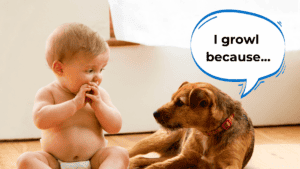


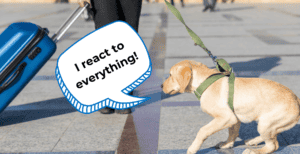

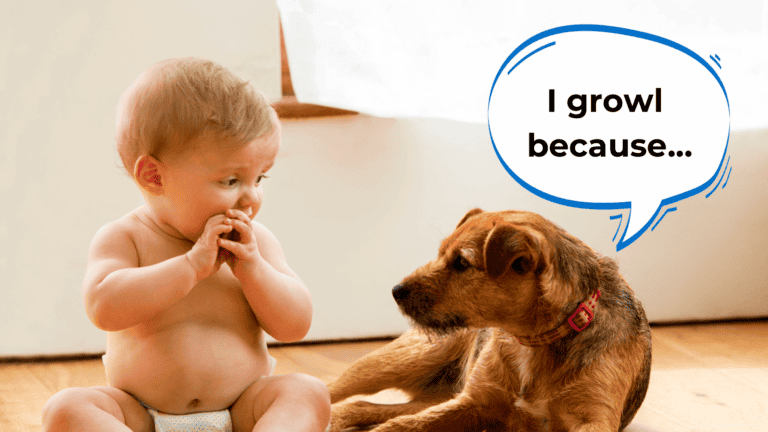


10 Responses
I just got 2 puppies we had them in a crate coming 14 hours away they cried a little but slept most of the time. At home we have a big crate and putting them in they sleep all night but in the morning getting them out is horrible I got they teeth in my arms . They then go out potty. Just a few accidents in the house only been 2 days . They play hard and worry their teeth are so sharp. When they are calm they just lay and sleep on the floor. They are 10 weeks Chocolate Labs girls. They jump and I say No. these are my first puppies.
Hi Deborah,
Multiple puppies of the same age can be challenging……but also a lot of fun!
When you go to get them out of the crate in the morning try waiting for them to be quiet and have all 4 paws on the ground. An important part of this happening quickly is for you to avoid speaking to them or making eye contact, just stand calmly and quietly by the crate door and when they are calm you can open it.
I have a really fantastic resource for helping owners raise happy & well behaved puppies. You can find it on my membership website (theonlinedogtrainer.com) and it really will help guide yo in the right direction, and restore calm to your household! All the Best, Doggy Dan
I have tried all the things in your blog since my puppy was 8 weeks old – he is now 14 weeks (Aussie, if that matters). He cries and freaks out anytime the crate door is closed. No matter whether I am there, gone, sitting with my back to him, etc. I can get him to lay down quite to ask to get out, but he will not stay in there for even one minute without having a panic attack. he will go in to eat his food, but I can’t shut the door, he will bring toys and chewies out instead of stay in the crate to enjoy them. I have had to leave him a few times in the crate for a couple hours when I couldn’t take him with me. I can’t tell if he settles (no camera) because he is still freaking out when I get home – probably here me coming. I swear he sleeps with one eye open – to watch the sheep? I want to crate train him, but am clueless at this point!!!
Hi Sandy, some puppies really struggle with crate training. If it is causing them a significant amount of anxiety then it may be better to look at another option to confine them, such as placing a puppy pen around their crate or using barriers/baby gates to cordon off a smaller area of your home.
One thing to avoid when crate training is closing the door on your puppy if they venture in there without you asking them to, otherwise they will avoid going in there. Set up some training sessions where you ask your puppy to go into their crate, give them a treat and close the door BUT only for a few seconds and then open it again and allow them to come out. There’s no need to ask your puppy to ‘sit/lay down’ and avoid forcing them to go into the crate. Practice frequently with the aim of very gradually extending the time the door is closed, out try to work within their comfort zone…..freaking them out totally will be counterproductive!
All the Best, Doggy Dan
We’re trying to use a crate however wondering if it should be used as a consequence for negative behaviors, or will that not allow for the puppy to view it as a safe and comfortable space? Maybe we need another area for isolation/consequences?
Hi Kerri Allen,
You can use your puppy’s crate for both Time-Out & for sleeping…the key is to create a clear distinction between those two scenarios. When your puppy needs a Time-Out just calmly and quietly place them in their crate and walk away. However, if you are asking your puppy to go into their crate to sleep or just be out of the way for a bit then make sure you praise/treat them when they go in there. When I was a kid I was sent to my room to sleep & also for Time-out…..but I knew the difference between the two based on my parents behaviour…..it didn’t once occur to me not to go to my room to sleep at night because I was earlier sent there as punishment because of how I was sent there. Hope that makes sense! Doggy Dan
How do I stop my 3 month miniature schnauzer to stop biting and nipping at my 5 month old shitz hu mix bjonz? Sorry I misspelled their breed.
Hi Mary,
Consistency and calm (on your part) us really key in helping your younger puppy understand how you want him/her to interact with your older puppy. If you see a behaviour you don’t like then calmly move your puppy away from the other puppy a few metres…all without saying anything. When you can feel your puppy relax then you can let them go again, and if they return to pester you other puppy then repeat the process. If they repeat the behaviour a third time, in quick succession then follow up with a Time-Out for a minute or two….or place that puppy in their crate/pen/another room as a consequence for not using a little more self-control. You may need to repeat this quite a few time before your younger puppy understands the message you are trying to convey, but if you are consistent then they will adapt their behaviour. Hope that helps! Doggy Dan
Crate training is something I’ve put off for our adopted rat terrier. This post has created a commitment to take the damn thing out of its packing box and put it together.
Hi Jeff,
That’s what I’m here for, to motivate owners to start making their lives and that of their dogs a little easier! All the best…Doggy Dan